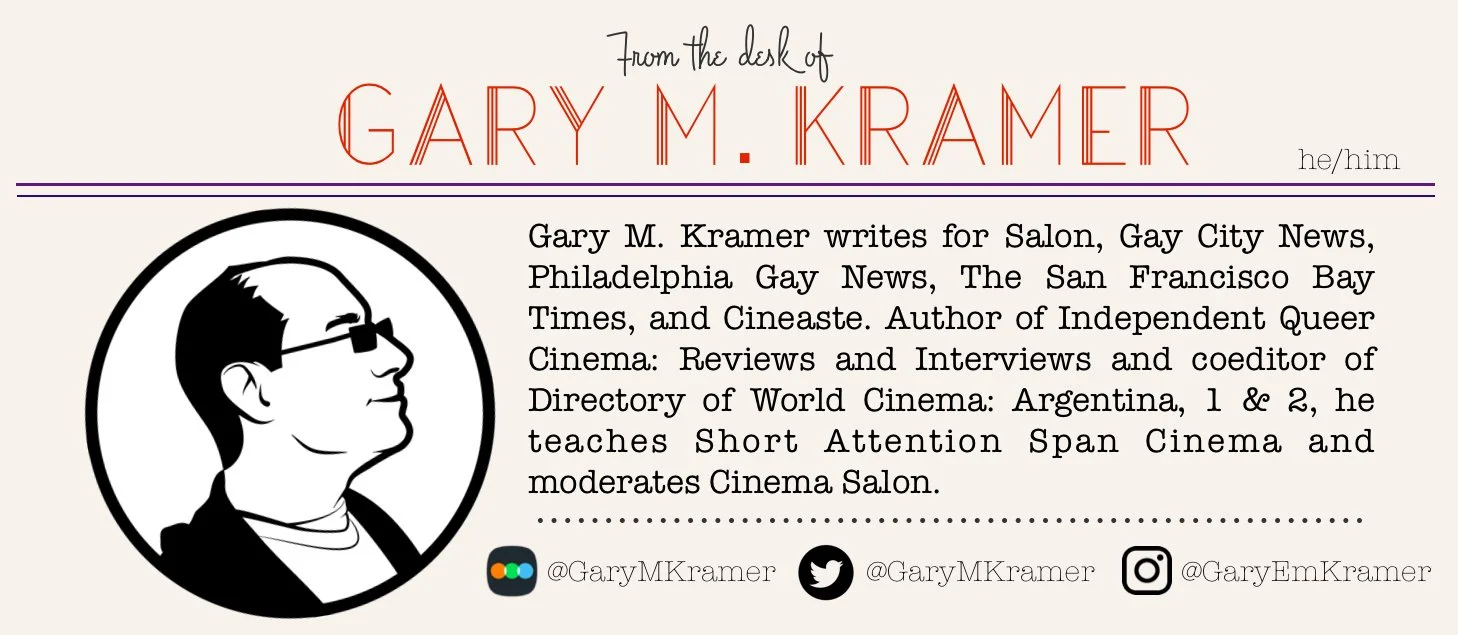ERNEST COLE: LOST AND FOUND showcases the power of photography
Ernest Cole: Lost and Found
Written and Directed by Raoul Peck
Unrated
Runtime: 105 minutes
In theaters November 22
by Gary M. Kramer, Staff Writer
The late Ernest Cole was an extraordinary photographer who worked in his homeland of South Africa in the 1960s, where he documented “the depravity of apartheid.” He eventually became an exile and lived in the United States and Sweden, shooting thousands of photographs but never quite gaining the respect he deserved. He died at age 49, stateless, and reportedly homeless. A cache of 60,000 negatives Cole shot were discovered in a Swedish bank vault, and these images are featured throughout Raoul Peck’s excellent documentary portrait, Ernest Cole: Lost and Found.
The film shows archival footage of Cole, but much of Peck’s approach is to let the arresting images do the talking. LaKeith Stanfield provides the documentary’s narration, which was written using Cole’s writing and other sources. The photos, which are fantastic, are mostly Cole’s, a few images seen in the film are by other photographers and identified as such. Shot after shot of Blacks in South Africa reveal the horrific conditions of misery and injustice during apartheid while a clip of Prime Minister Hendrik Frensch Verwoerd shockingly describes the segregation policy as “good neighborliness.”
One of the best sequences reads one of Cole’s striking images—that of a young Black teen being addressed by the police—and examining the people in the background. This includes an unconcerned white man, with his hands in his pockets that shows the different realities of the same situation.
Ernest Cole allows viewers to sit with some of the images that Cole found to provide sense or a connection to a reality the photographer cannot justify. Images from the mines—South Africa has a large labor force for its diamond mines—show the inhumane conditions Black male workers face, while shots of Black women who work for white families illustrate another, equally egregious form of exploitation. Cole published a famous book, House of Bondage in 1967, which showcases these and other eye-opening images.
But as Cole came to America, he took photos on the streets in New York City that capture life only to be told his images, “Lacked an edge.” He was assigned to shoot in the American South—his outsider perspective and South African frame of reference were desirable—but Cole claimed he was more afraid of Jim Crow than apartheid; in South Africa, he might get arrested, in the South, he might get killed.
Cole eventually went to Sweden. How tens of thousands of images ended up in a bank vault remain something of a mystery, and Peck is frustrated by the situation as title cards at the end of the film reveal. Cole became homesick while abroad but he felt he never could return to South Africa given the state of the country. He also stopped taking photographs after a time where he could not stop taking photographs. Ernest Cole will make viewers long to see an exhibit of his work and mourn the fact that Cole was not better known or able to work more prominently doing what he loved. The film has a real “what if…?” sadness to it.
Peck includes some additional content that flesh out Cole’s life, from interviews with his nephew, Leslie Matlaisane, who talks about his uncle’s life and career, as well as clips from the Truth and Reconciliation Commission where the men who enforced apartheid were held responsible for their actions.
The cumulative impact of all the words and images reanimate Cole, garnering him a new set of fans. Raoul Peck champions the work of this remarkable photographer, ensuring that he will not be forgotten. Ernest Cole is a portrait as powerful as Cole’s indelible images.



